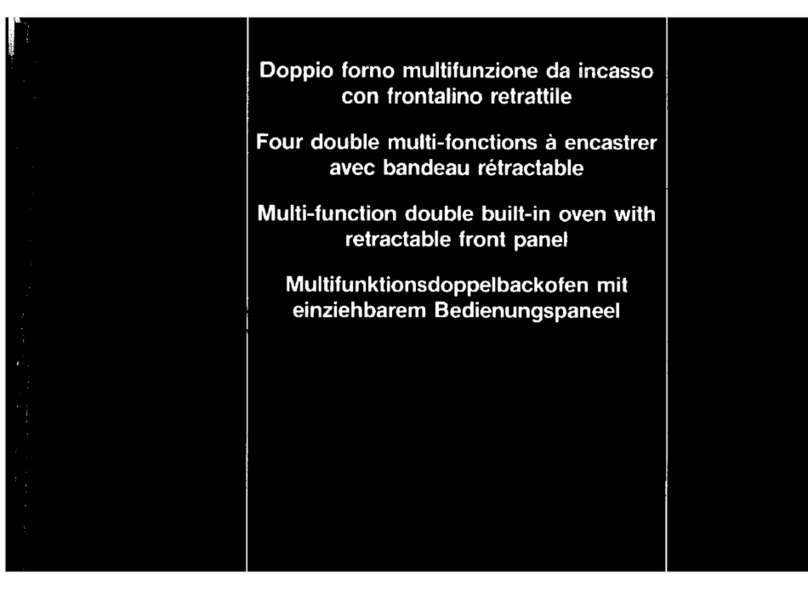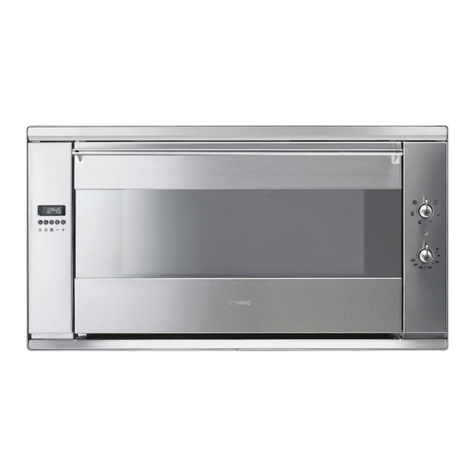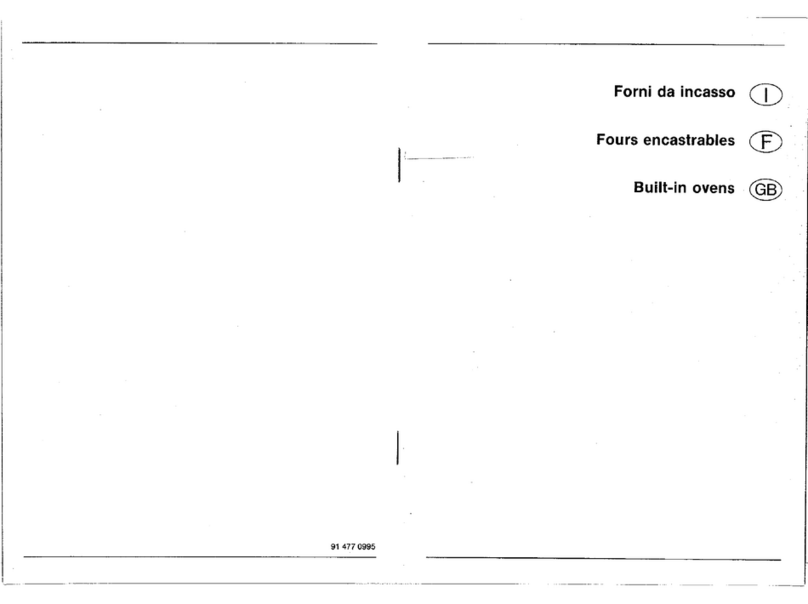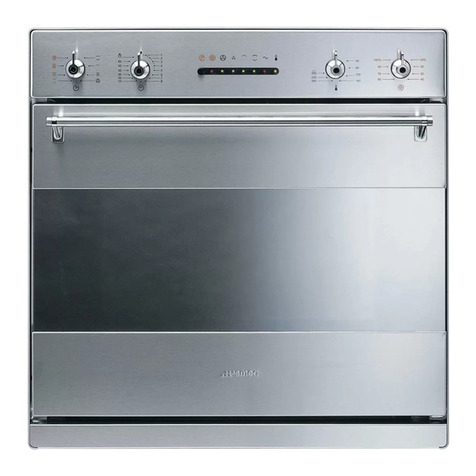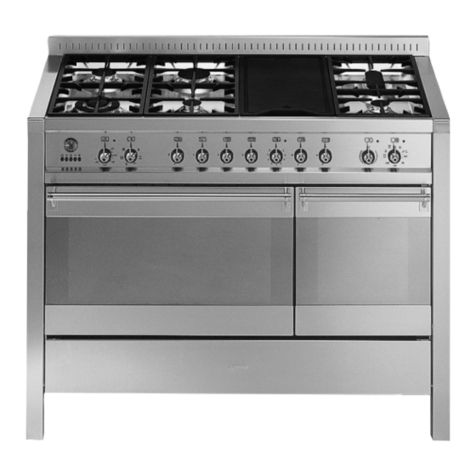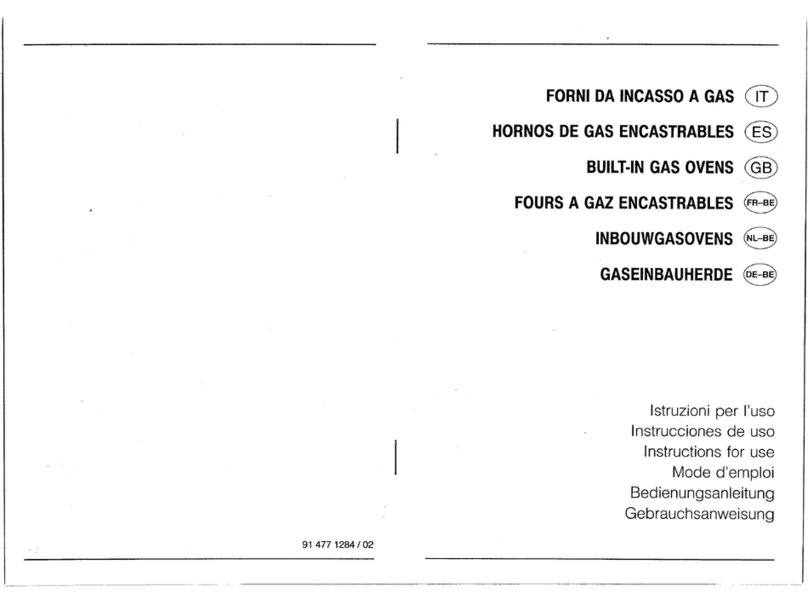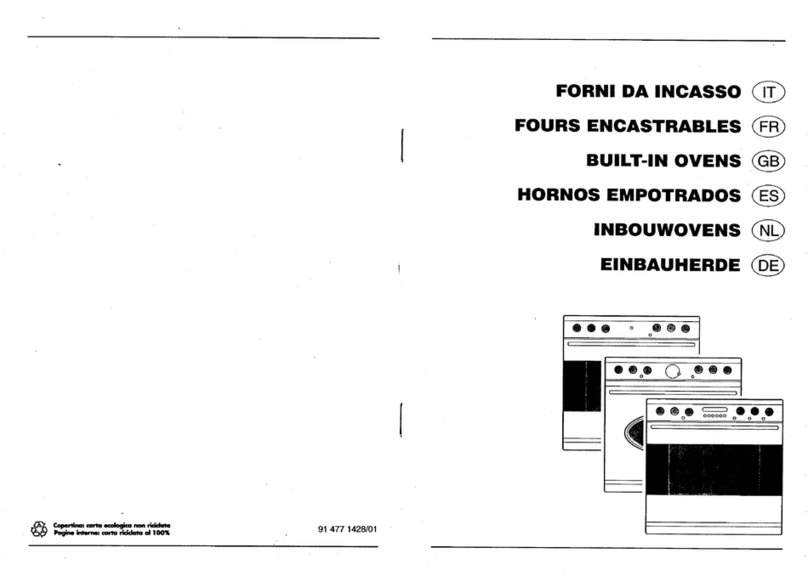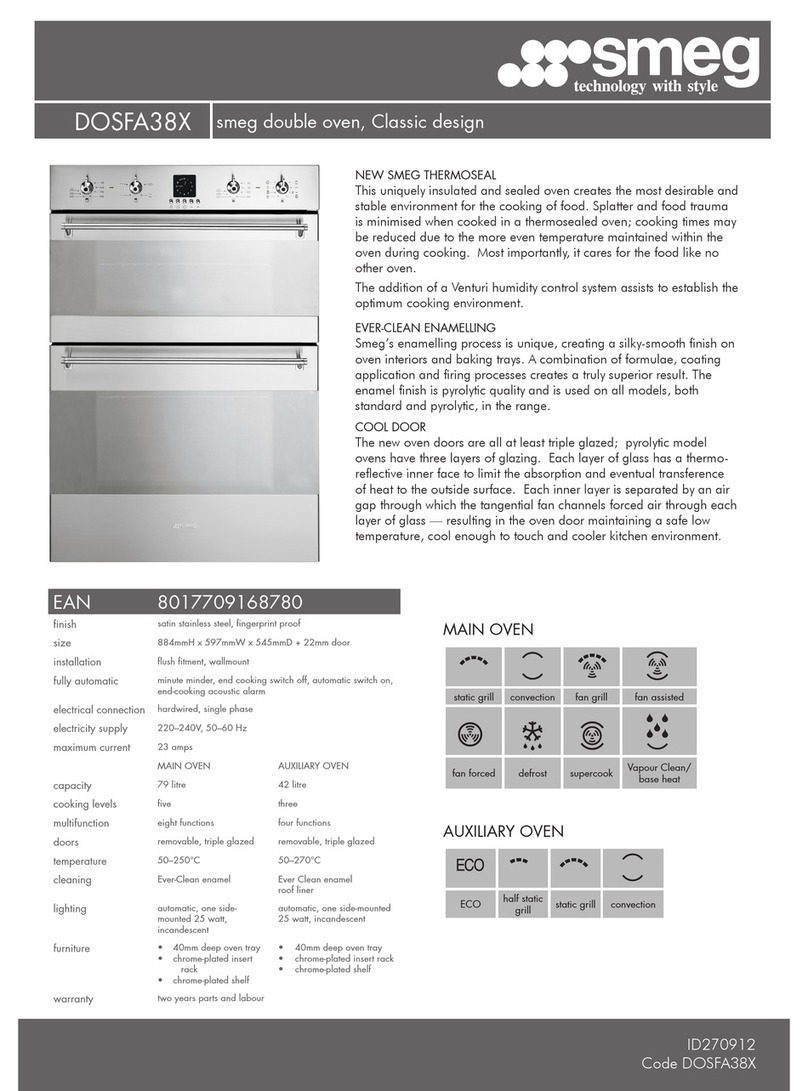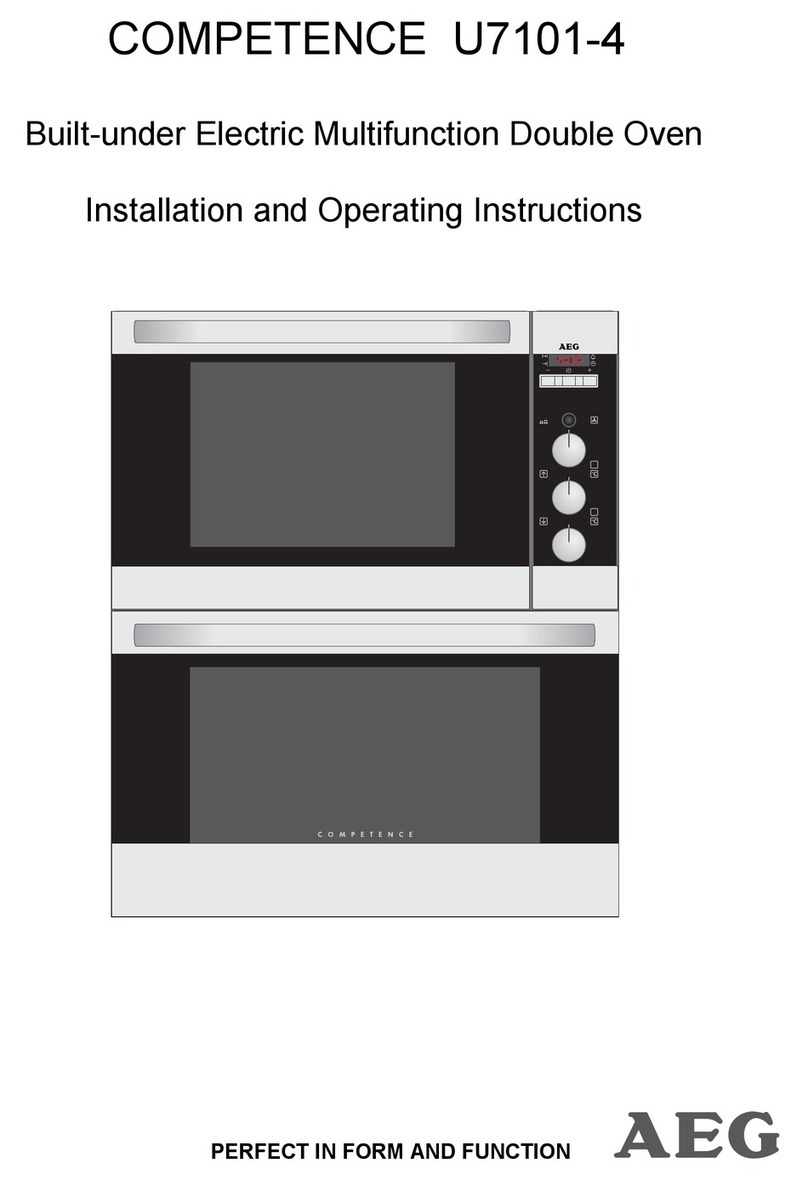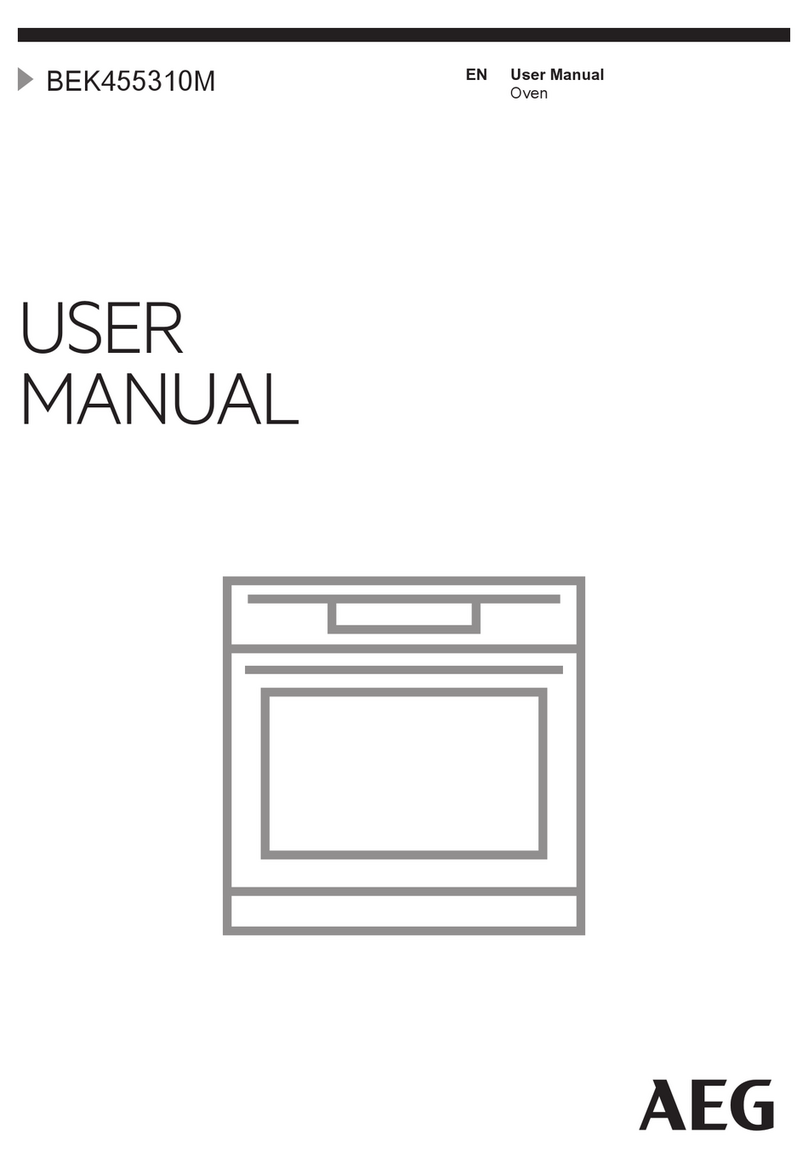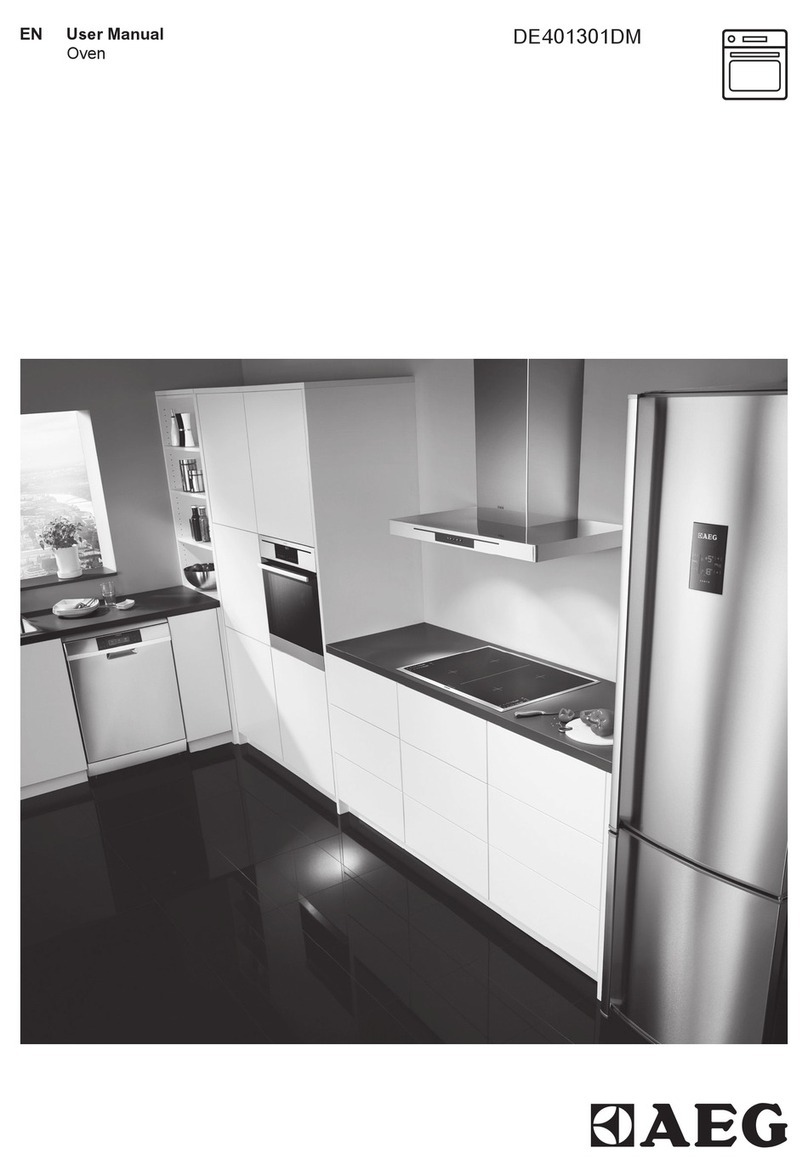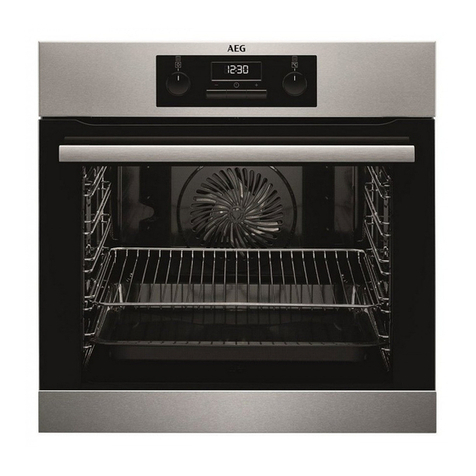Contents
21
1. INSTRUCTIONS FOR USE ................................................................................................... 22
2. RECYCLING INSTRUCTIONS - OUR ENVIRONMENT POLICY ......................................... 23
3. SAFETY PRECAUTIONS ...................................................................................................... 24
4. INTENDED USE .................................................................................................................... 24
5. INSTALLING THE APPLIANCE ............................................................................................ 25
5.1 Electrical connection ..................................................................................................................................... 25
5.2 Mounting the rear top skirtboard ................................................................................................................... 26
5.3 Positioning and levelling the appliance (on some models only) .................................................................... 26
6. GETTING TO KNOW YOUR COOKER ................................................................................. 27
6.1 General Description ...................................................................................................................................... 27
7. DESCRIPTION OF THE CONTROLS ON THE FRONT PANEL .......................................... 28
8. USING THE COOKING HOB ................................................................................................ 30
8.1 Cooking zones .............................................................................................................................................. 30
9. USING THE OVEN ................................................................................................................ 31
9.1 General warnings and advice ........................................................................................................................ 31
9.2 Using the electric grill .................................................................................................................................... 31
9.4 Using the grill (static and multifunction oven) ................................................................................................ 32
9.3 USING THE ROTISSERIE ROD (when present) .......................................................................................... 32
10. ELECTRONIC PROGRAMMER ......................................................................................... 33
10.1 Setting the time ........................................................................................................................................... 33
10.2 Semi-automatic cooking .............................................................................................................................. 33
10.3 Automatic cooking ....................................................................................................................................... 33
10.4 End of cooking ............................................................................................................................................ 34
10.5 Timer ........................................................................................................................................................... 34
10.6 Adjusting the buzzer volume ....................................................................................................................... 34
10.7 Stopping the buzzer .................................................................................................................................... 34
10.8 Deleting the set data ................................................................................................................................... 34
10.9 Modifying the set data ................................................................................................................................. 34
11. AVAILABLE ACCESSORIES .............................................................................................. 35
12. CLEANING AND MAINTENANCE ....................................................................................... 36
12.1 Cleaning stainless steel .............................................................................................................................. 36
12.2 Ordinary daily cleaning ................................................................................................................................ 36
12.3 Food stains or residues ............................................................................................................................... 36
12.4 Cleaning the oven ....................................................................................................................................... 36
12.5 Cleaning the door glazing ........................................................................................................................... 37
13. EXTRAORDINARY MAINTENANCE ................................................................................... 38
13.1 Changing the light bulb ............................................................................................................................... 38
13.2 Removing the door ...................................................................................................................................... 38
13.3 Removing the door seal .............................................................................................................................. 38
INSTRUCTIONS FOR THE USER: these contain user advice, a description of the commands and
the correct procedures for cleaning and maintenance of the appliance.
INSTRUCTIONS FOR THE INSTALLER: these instructions are intended for the qualified
technician who must carefully inspect the gas line and perform the installation, put it into
operation, and perform an inspection test.
Further information about the products can be found at www.smeg.com





